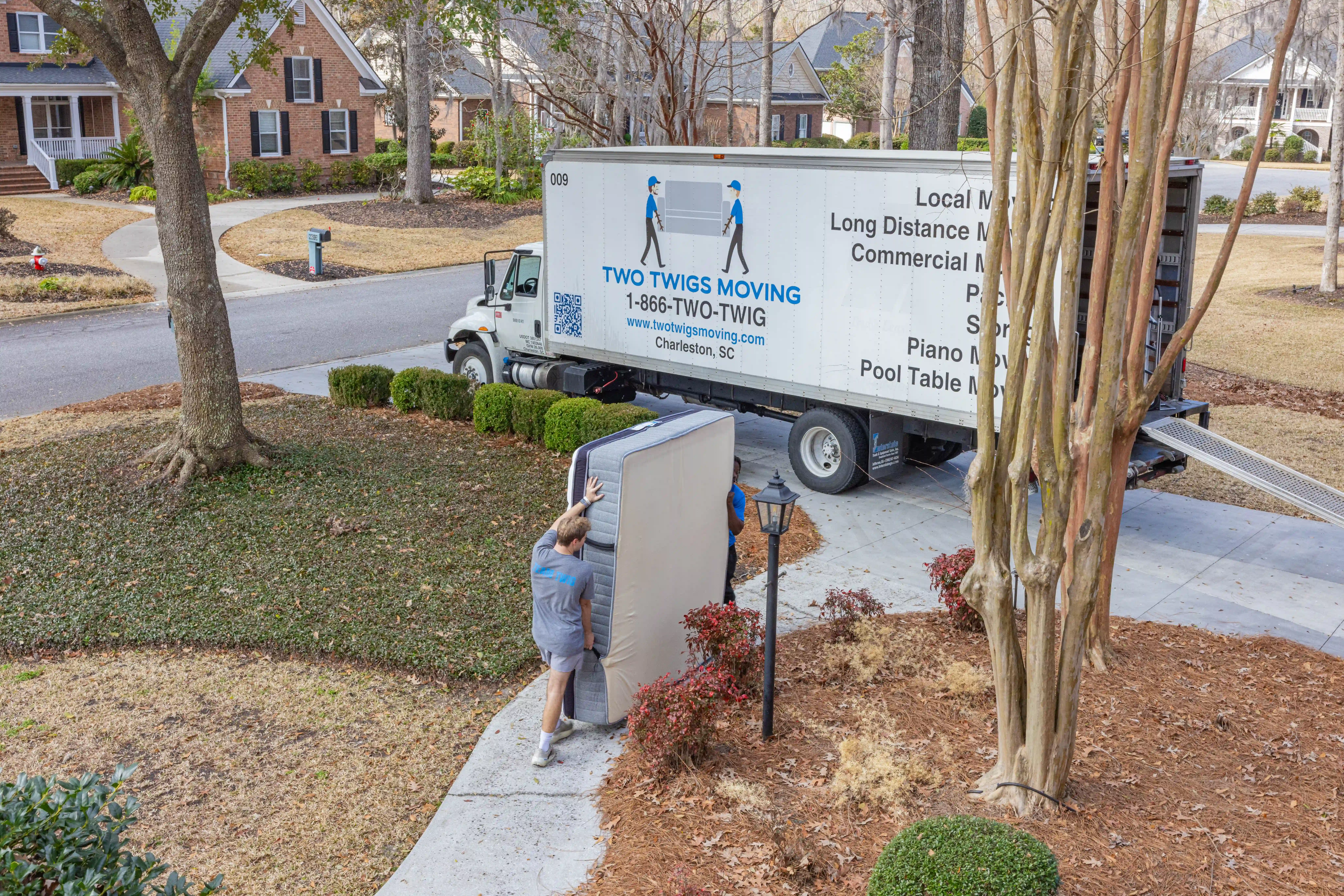Moving your business to a new location can be a complex and daunting task, fraught with potential pitfalls and challenges. To ensure a smooth and successful transition, it’s essential to avoid common commercial moving mistakes that can disrupt operations and impact your bottom line. Here are 10 mistakes you’ll definitely want to steer clear of:
- Lack of Planning: Failing to plan adequately is one of the most common mistakes businesses make when moving. Without a detailed moving plan in place, you risk overlooking crucial steps, such as inventorying assets, coordinating logistics, and communicating with stakeholders. Start planning your commercial move well in advance to avoid last-minute stress and setbacks.
- Underestimating Time and Resources: Moving a commercial operation requires careful coordination of time and resources. Underestimating the time and effort involved can lead to delays, cost overruns, and disruptions to business operations. Allocate sufficient time and resources for each phase of the moving process, from packing and transportation to unpacking and setup, to ensure a smooth transition.
- Ignoring Regulations and Permits: Commercial moves may involve compliance with local regulations, zoning laws, and building permits. Ignoring or overlooking these requirements can result in fines, delays, and legal complications. Research and obtain all necessary permits and approvals well in advance of your move to avoid potential legal and regulatory issues.
- Not Communicating with Stakeholders: Effective communication is essential during a commercial move to keep stakeholders informed and engaged. Failing to communicate with employees, clients, vendors, and landlords can lead to confusion, misunderstandings, and dissatisfaction. Keep stakeholders informed of the moving timeline, logistics, and any changes that may affect them to minimize disruption and maintain trust.
- Poor Inventory Management: Inaccurate or incomplete inventory management can complicate the moving process and result in loss or damage to valuable assets. Conduct a thorough inventory of equipment, furniture, and supplies before packing and ensure proper labeling and documentation to track items during the move. Implement inventory management software or systems to streamline the process and maintain accountability.
- Choosing the Wrong Moving Company: Selecting the right moving company is crucial to the success of your commercial move. Choosing a mover based solely on price or without conducting thorough research can lead to subpar service, damaged goods, or even theft. Take the time to vet potential moving companies, check references, and review contracts carefully to ensure you’re working with a reputable and reliable provider.
- Inadequate Employee Training: Your employees play a critical role in the moving process, from packing and labeling to assisting with setup and organization at the new location. Failing to provide adequate training and guidance can result in inefficiencies, errors, and frustration. Invest in employee training sessions to ensure everyone understands their roles and responsibilities during the move.
- Neglecting Technology Infrastructure: Moving your business also means relocating your technology infrastructure, including computers, servers, and network equipment. Neglecting to plan for the relocation of IT assets can lead to downtime, data loss, and security breaches. Work with your IT team or service provider to develop a comprehensive plan for moving and reassembling your technology infrastructure with minimal disruption.
- Overlooking Accessibility and Safety: Accessibility and safety considerations are paramount during a commercial move, especially when relocating to a new building or office space. Ensure that the new location meets accessibility requirements for employees and customers, including parking, ramps, and elevators. Prioritize safety by conducting risk assessments, implementing safety protocols, and providing proper training to prevent accidents and injuries during the move.
- Failing to Plan for Contingencies: Despite careful planning, unforeseen challenges and obstacles may arise during a commercial move. Failing to plan for contingencies can leave your business vulnerable to disruptions and setbacks. Develop a contingency plan that outlines potential risks and mitigation strategies, such as alternative transportation routes, backup communication systems, and contingency budgets, to address unforeseen circumstances and keep your move on track.
By avoiding these common commercial moving mistakes, you can ensure a smooth and successful transition for your business to its new location. With careful planning, effective communication, and attention to detail, you can minimize disruptions, maintain productivity, and set your business up for continued success in its new environment.


.svg)


